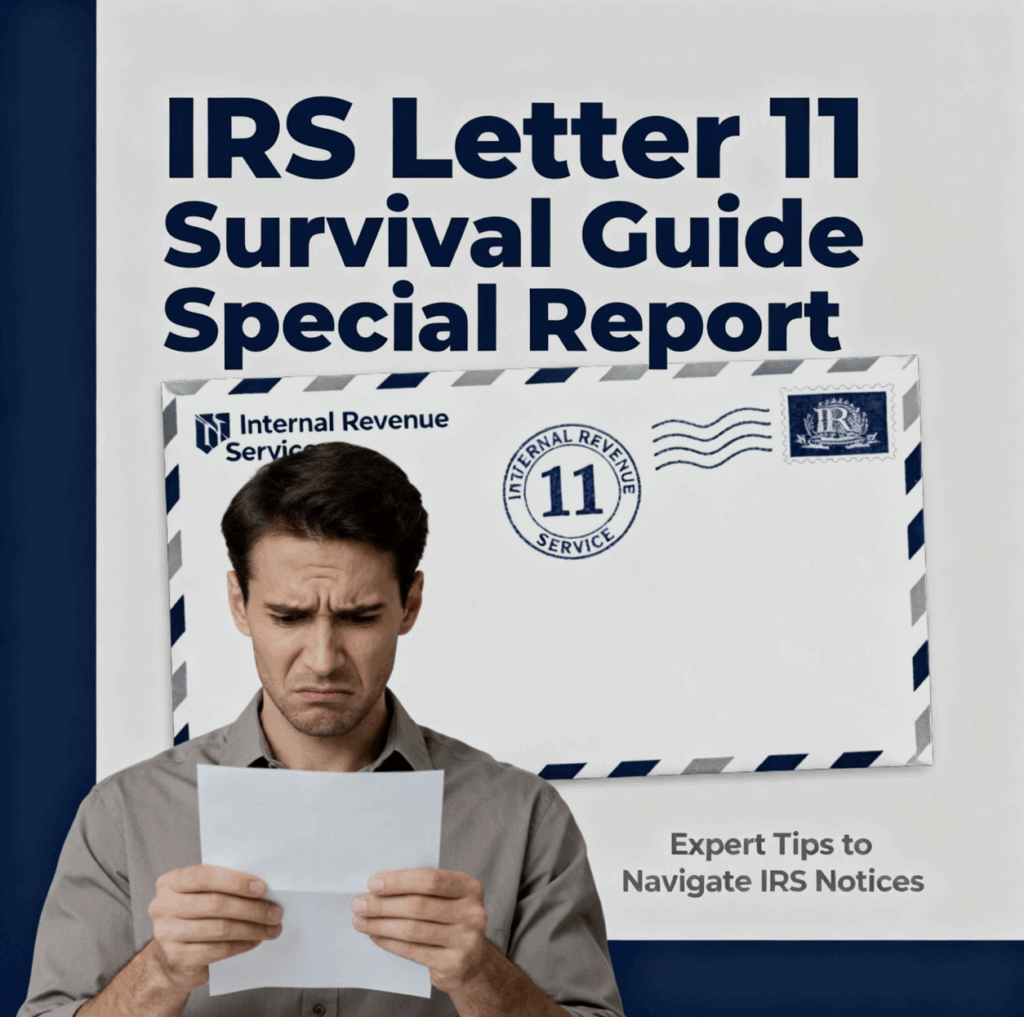What is the Automatic Stay?
The automatic stay comes into effect upon filing for bankruptcy. It stops most creditors from pursuing their debts. Actions that are stopped by automatic stay include any collection actions, lawsuits that began prior to bankruptcy, including actions against debtor’s property, creditor’s pre-petition judgments such as liens and foreclosures, and other acts taken against the debtors or his property.
Some debts and certain kinds of actions are exempt from the automatic stay and will not be affected by a debtor filing for bankruptcy; those actions include evictions of the nonresidential property where the lease has been terminated prior to commencement of bankruptcy, criminal actions, actions concerning alimony, certain actions taken by taxing authorities, any education loans, and various others.
Obtaining Relief from Automatic Stay
Some of the creditors that seek relief include secured creditors, litigation parties that want litigation to continue, and contract parties that want to terminate a contract upon being notified of a debtor filing for bankruptcy, and plaintiffs who want to name a debtor in a lawsuit for insurance policy reasons.
In order to obtain relief from automatic stay creditors have to file a motion. The motion for relief must be made after notice of bankruptcy filing by the debtor. Subsequently, not more than 30 days after the motion is filed, a court will hold a hearing, or two hearings, depending on the jurisdiction, to determine whether or not to grant relief.















